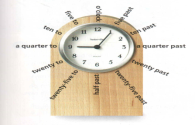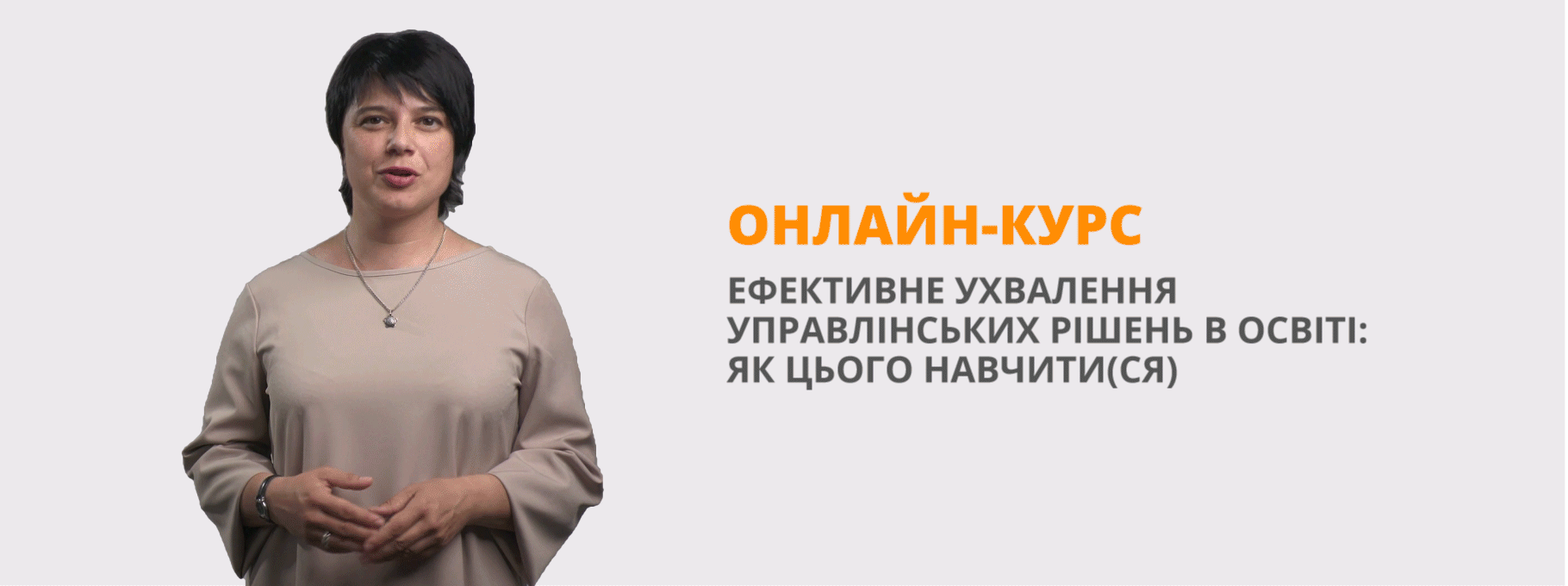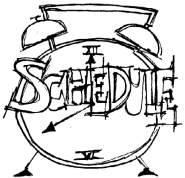Конспект уроку по темі "Time and Clock. Everyday Activities of Schoolchildren"
Topic: Everyday Activities. Daily Routine (Form 5)
Lesson 1 Тема: Time and Clock. Everyday Activities of Schoolchildren
Мета:
Практична:
- ввести новий лексичний та мовний матеріал по темі та практикувати учнів у його вживанні в усному та писемному мовленні;
- формувати вміння орієнтуватись за годинником;
- формувати граматичні навички, а саме утворення різних типів речень у Present Simple та вживання прийменників часу (on-at-in);
- удосконалювати навички аудіювання та читання тексту;
- розвивати уміння вести бесіду про шкільні предмети та щоденні види діяльності школяра, працювати в парах та у команді.
Освітня:
- сформувати уявлення учнів про Present Simple Tense та його вживання;
- розширити знання учнів з теми;
- зацікавити учнів у вдосконаленні навиків діалогічного мовлення по темі.
Розвиваюча:
- розвивати навички монологічного та діалогічного мовлення з використанням як нової, так і вже засвоєної лексики;
- розвивати мовленнєву реакцію, слухову пам’ять та логічне мислення в учнів;
- розвивати зацікавленість у спілкуванні англійською мовою.
Виховна:
- виховувати важливість планування щоденних справ;
- виховувати поважне ставлення до розпорядку дня та захоплень іншого.
Objectives: pupils are able to talk about school subjects (likes and dislikes), times and daily activities using new vocabulary, language and grammar material.
Materials: Full Blast 1 by H.Q. Mitchell (Pupil’s book, Workbook), audio material, topical pictures and flashcards, a clock, file folder tasks.
Procedure
І. Підготовка до сприйняття іншомовного мовлення.
1. Greeting and Aim.
T: Good morning, pupils! I am happy to greet you at our English lesson. How are you today? (Pupils answer.)
T: It’s good! I see, you are really in a good mood! So, let’s start our English lesson! Today’s topic is “Time and Clock. Everyday Activities of Schoolchildren”. By the end of the lesson you’ll be more aware of using vocabulary and language material on the topic in speech, learn to use the Present Simple Tense and prepositions of time and you will improve your communication skills on the topic.
2. Warming up.
1) T: Pupils! Look at page 1 in your file folder. I’m sure that all of you are rather witty boys and girls and I want to suggest you to guess the riddle.
Guess the riddle. What is it?
Complete the story with the words in the box and answer the question below.
|
kitchen morning house |

It lives in a 1) …...….. . You can see it in a living room, a 2) ……..… or a bedroom. Families wake up with it in the 3) ………………… .
What is it?
a) a clock; b) a computer; c) a TV; d) a phone.
T: Yes, you’re right! It’s a clock! We use clocks to know the time at first, to plan our days, to know when to get up and when to go to bed and, of course, to cope with all the actions we plan for a day.
T: Do you agree with me? When do we use clock? (Pupils’ answers.)
2) T: By the way, children, what day is it today?
T: Yes, you are right. How many days are there in a week? What are they? What are the working days? What are the days off?
T: Very nice! Let’s repeat all days together!
T: Now, pupils, can you name any of the school subjects? And what school subjects do you have today? What’s your favourite school subject and why?
II. Основна частина уроку.
- Presentation.
- T: School subjects. Listen and repeat. (Presentation of new vocabulary by using flashcards.)
-
T: What time is it? Look at the clock and repeat after me! (Revision)

- T: Now, tell me the time, please. Team game. Show clocks with various times and invite pupils to tell the time. Each correct answer gets 1 point. The team with the most points is the winner.
- Vocabulary Presentation. SB p. 36 ex. 1. Listen and repeat.
- Listening and reading.
- T: Look at the pictures of ex.2 p.36-37. Describe what you can see and what the girl is doing. What do you think the text is about?
- T: Now, listen, read and check your answers. Ex.2A p.36. (Pupils read out the text. The teacher checks pupils’ pronunciation and intonation.)
- T: Read again and write T for True or F for False.
-
The teacher asks pupils further comprehension questions on the text.
- Is Tammy a normal school girl? Why/Why not? etc.
- Language Practice. Post – reading.
T: Now, children, answer about you.
- Are you a normal school boy or girl? Why? Why not?
- Do you paint? Are you good at painting?
- Do you like art?
- Do you visit are galleries?
- What is your favourite form of art?
- Is art your hobby?
- What’s your hobby? What other hobbies do schoolchildren have?
- Grammar: Present Simple Tense.
- The teacher explains grammar material presenting a grammar table on p.37.
- T: Let’s look at ex.1 on p.2 in your file folder (Evans 2011: 41) and write the verbs in the third person singular.
- T: Now look at ex.3 on p.2 in your file folder (Evans 2011: 41) and circle the correct form of the verb.
- T: Make the following sentences interrogative and negative.
- I get up at 7 o’clock in the morning.
- He visits his friends on Sundays.
- They have breakfast at 7:30 in the morning. etc.
- T: Let’s do ex. 3 p. 37. Complete with the Present Simple of the verbs in brackets.
- Relaxation.
T: Now, dear children, let’s look at p.3 in your file folder (Gray,PB1 2008: 67) and have a minute of merry relaxation. Let’s sing a song!
- Pronunciation Practice.
T: Listen carefully to ex. 4 on p.37, repeat and then tick the sound you hear.
- Grammar. Prepositions of time.
- T: You know pupils that we use different prepositions of time such as at, on, in (on + days, at + hours/noon/night, in + parts of the day) while speaking about our everyday actions. Let’s revise them! Ex. 3 p. 37.
- T: It’s high time for us to play! Let’s play a team game! Teams, in turn add at, in or on. Each correct answer gets 1 point. The team with the most points is the winner. e.g. Teacher: the morning
Team A P1: in the morning
Teacher: Tuesday
Team B P1: on Tuesday etc.
- T: Well done! So, look at the Kim Basser’s story at p.4 in your file folder (Gray,WB1 2009: 42) and complete it with the necessary prepositions at, in or on. Work alone. If you are ready, raise your hand!
T: Let’s check your answers.
- T: I’m sure that you have plenty of work to do during a day. You have to cope with your study, your leisure activities, helping your parents about the house and so on. Am I right? Look at the list of most rapid daily actions you may have less or more regularly. Page 5 in your file folder. Let’s read and translate these phrases one by one. What else can we add to everyday activities?
Everyday actions
|
on Sunday, Monday, Tuesday, Wednesday, Thursday, Friday, Saturday
in the morning, afternoon, evening
at 6.30, at 10 o’clock, at 12.45, at 16.15, at 18.25, at 19.00, at 22.20, at noon, at night
|
T: Tell me, please, about what you like to do and what not? For example, I like to go shopping but I don’t like to wash the car. And what about you? (Pupils’ answers.)
T: So now, using the information from page 5 in your file folder work in pairs and make up own dialogues about your working day.
e.g. What time do you get up? – I get up at … .
When do you go to the gym? – I go to the gym …… .
(Pupils produce own dialogues.)
ІІІ. Заключна частина уроку.
- Homework.
T: To learn the material we used today more properly you have to do the homework.
- Learn the vocabulary, language and grammar material (SB p.36-37)
- PB: p.37 ex.5 (act out), ex. 6 (write a few sentences about your daily routine and about a friend’s daily routine; WB: 3a p.28-29.
- Summarizing.
1) T: What did you learn from the lesson today? What can you do now? (Pupils sum up the lesson.)
2) T: To sum up our lesson I’d like to say that all of us are different. Some like to get up early some not, some prefer to play on the computer, some – to read books. But each of you has to plan your daily actions to cope with all the tasks during your studying, helping your parents, having fun and so on.
Thank you very much for your work today. You were excellent. Your marks are…
Thank you for your attention. Good bye!


про публікацію авторської розробки
Додати розробку

